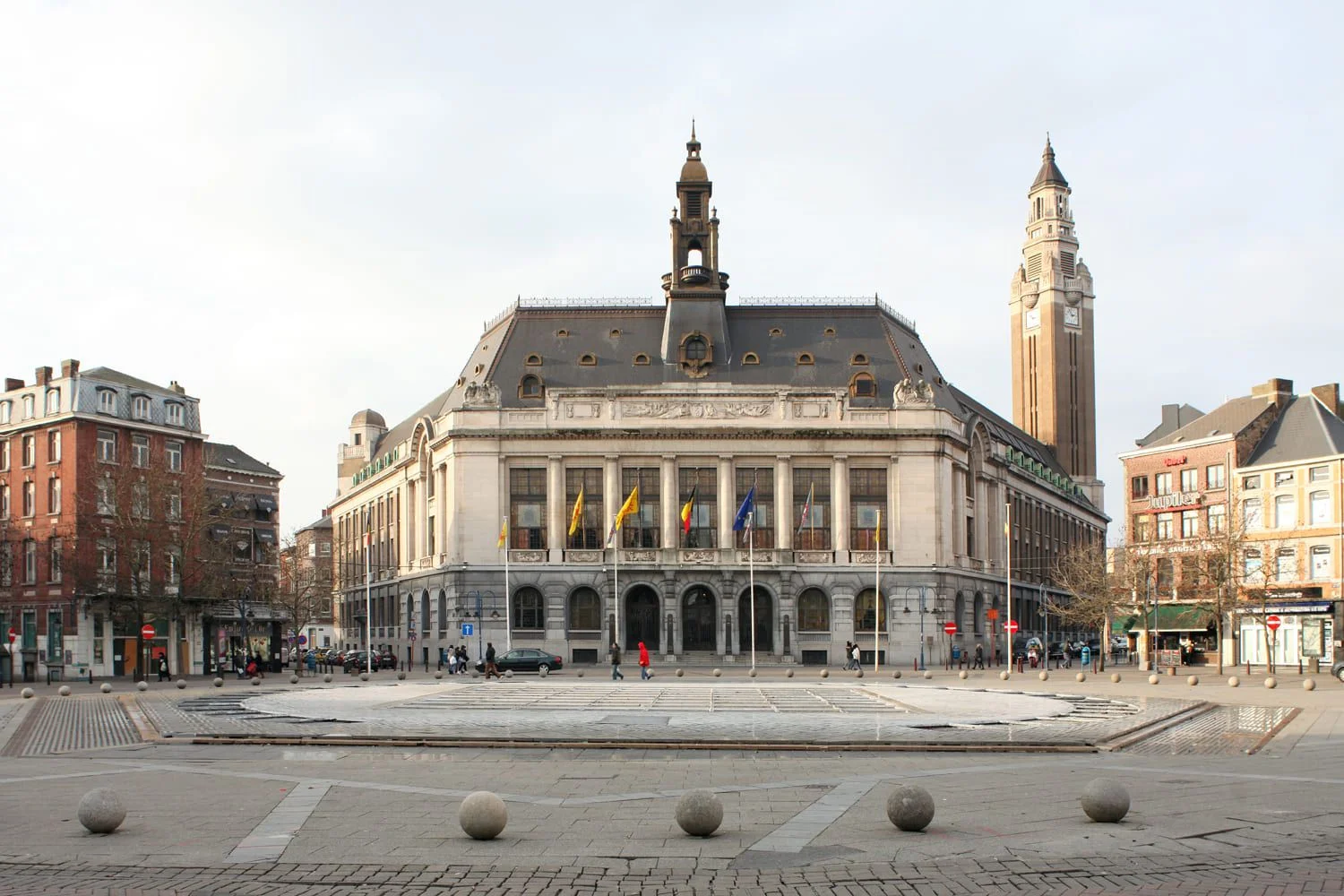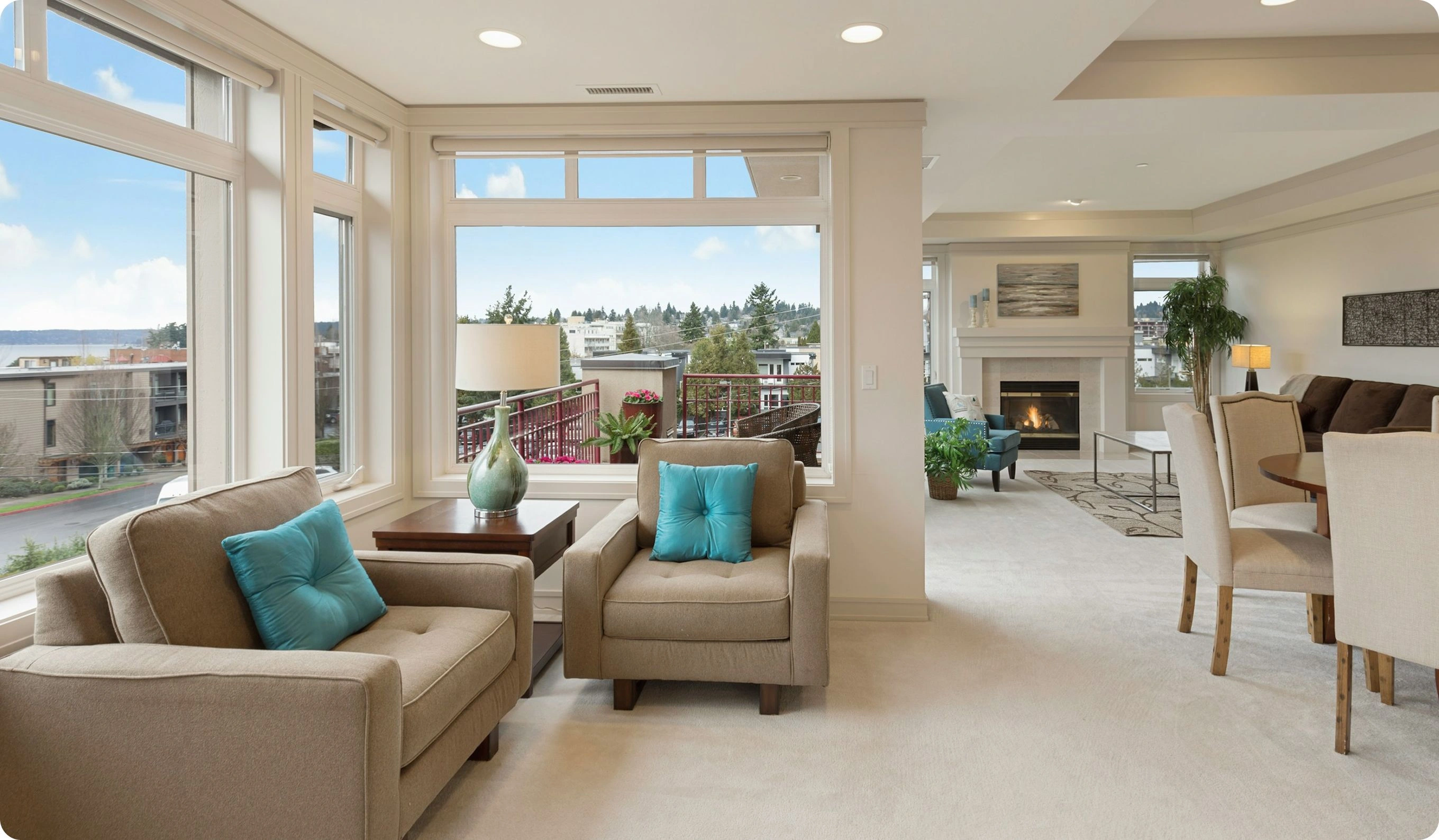Annonces immobilières d'occasion à CharleroiOù les anciennes mines alimententles rendements futurs

Meilleures offres
à Charleroi
Avantages de l'investissement dans
l'immobilier belge

Guide pour les investisseurs immobiliers en Belgique
lisez ici
Bruxelles abrite l'Union européenne et des organisations internationales, ce qui stimule la demande locative des diplomates et des expatriés.
Comparé aux capitales voisines, la Belgique propose des prix relativement accessibles dans un emplacement stratégique.
Capitale de l'UE avec une demande institutionnelle
La législation belge protège les locataires tout en garantissant des conditions équitables pour les propriétaires, ce qui est idéal pour un investissement à long terme.
Accès abordable pour l'Europe centrale
En savoir plus
Réglementation favorable aux locataires mais équilibrée
Comparé aux capitales voisines, la Belgique propose des prix relativement accessibles dans un emplacement stratégique.
Capitale de l'UE avec une demande institutionnelle
La législation belge protège les locataires tout en garantissant des conditions équitables pour les propriétaires, ce qui est idéal pour un investissement à long terme.
Accès abordable pour l'Europe centrale
En savoir plus
Réglementation favorable aux locataires mais équilibrée

Articles utiles
et recommandations d'experts
Immobilier secondaire à Charleroi : un cœur industriel transformé en opportunité résidentielle
Charleroi, historiquement connu sous le nom de « Pays Noir » en raison de son héritage charbonnier et sidérurgique, a subi une métamorphose remarquable au cours des deux dernières décennies, devenant l'un des marchés immobiliers secondaires les plus intrigants de Belgique. Située sur les rives de la Sambre en Wallonie, Charleroi offre une diversité de biens immobiliers d'occasion, allant des maisons de ville en brique traditionnelles de Dampremy et Montignies-sur-Sambre aux lofts post-industriels et aux réaffectations d'entrepôts dans le quartier canal revitalisé. Alors que la ville a longtemps lutté contre le déclin démographique et la contraction économique, les initiatives de régénération récentes – comprenant des améliorations des infrastructures publiques, des investissements culturels, et des expansions universitaires – ont ravivé l'intérêt pour le logement en revente. Le marché actuel attire des acheteurs soucieux des coûts à la recherche de qualité pour leur valeur, des primo-accédants attirés par des prix d'entrée abordables, et des investisseurs capitalisant sur une forte demande locative parmi les étudiants, jeunes professionnels et familles locales. Bien que les prix de revente restent en deçà des moyennes nationales et wallonnes, les équipements en amélioration de Charleroi, sa croissance dans l'économie créative, et sa proximité avec Bruxelles (moins de 50 minutes en train) créent un cadre durable pour une croissance du capital à moyen et long terme. Alors que les projets de dépollution écologique assainissent des sites contaminés et que des développements mixtes introduisent de nouvelles offres commerciales, de bureaux et de loisirs, l'immobilier secondaire à Charleroi est de plus en plus perçu comme une opportunité de style de vie et un investissement stratégique au sein de la trame urbaine en évolution de la Belgique.
Transformation industrielle et conversion résidentielle
L'un des moteurs les plus distinctifs du marché immobilier secondaire à Charleroi est la réutilisation des anciens sites industriels. Dans des quartiers tels que Marchienne-au-Pont et la Ville-Basse, des usines et des entrepôts abandonnés ont été transformés en appartements spacieux et studios créatifs. Ces transformations conservent généralement des éléments caractéristiques, tels que des poutres en acier apparentes, des murs en briques d'origine et de hauts plafonds, tout en intégrant des commodités modernes comme le chauffage par le sol, des cuisines contemporaines, et des vitrages performants. Les architectes locaux et les spécialistes du patrimoine collaborent avec les instances réglementaires pour s'assurer que les projets de réutilisation s'alignent sur les directives de conservation, préservant ainsi le caractère industriel de Charleroi tout en introduisant des aménagements en open space, une automatisation intelligente, et des systèmes mécaniques écoénergétiques. Cette fusion d'esthétique industrielle brute avec des finitions clé en main séduit à la fois les acheteurs orientés design et les locataires, y compris les étudiants de l'UCLouvain Charleroi et les professionnels employés dans les pôles technologiques du quartier créatif en plein essor. De plus, la rénovation à plus petite échelle de maisons de ville classiques des 19e et 20e siècles est devenue courante dans des banlieues comme Gilly et Lodelinsart, où les investisseurs réaménagent les intérieurs, ajoutent des extensions isolées, et revitalisent les façades grâce à des subventions d'amélioration des façades municipales. Ensemble, ces projets démontrent la capacité de Charleroi à réinventer son environnement bâti, transformant d'anciens vestiges industriels en logements secondaires très demandés tout en favorisant un créneau de marché unique qui allie préservation du patrimoine et vie contemporaine.
Améliorations des infrastructures et développement communautaire
Les améliorations des infrastructures à Charleroi ont notablement renforcé l'attrait de l'immobilier secondaire en améliorant la connectivité, les services publics et la qualité de vie. Des travaux routiers clés et la modernisation de la N5 et du R3 ont réduit les embouteillages, tandis que les investissements dans les extensions de tram léger et les nouvelles lignes tram-train, reliant la gare de Charleroi-Sud aux municipalités environnantes, facilitent les trajets vers Bruxelles, Mons et Namur. L'ouverture du complexe commercial et de loisirs Rive Gauche, ainsi que l'agrandissement du centre commercial Europark et la revitalisation des promenades au bord de la rivière, offrent aux résidents de meilleures options de commerce, de restauration et de divertissement. Les institutions éducatives, allant des écoles professionnelles à l'expansion des campus universitaires satellites, attirent des milliers d'étudiants chaque année, soutenant des marchés locatifs solides dans des appartements en revente situés en centre-ville. Parallèlement à ces développements, des projets de verdure urbaine portés par la communauté, tels que la création de parcs en bord de rivière, la réhabilitation d'anciens quais industriels en chemins cyclables et piétonniers, et des jardins de poche de quartier, ont cultivé de nouveaux espaces publics qui enrichissent la vie quotidienne. Les investissements culturels, y compris la rénovation du musée d'art contemporain BPS22 et la conversion de l'ancienne salle des Acieries en un lieu de spectacle à la pointe de la technologie, alimentent une scène créative en pleine croissance qui attire artistes, entrepreneurs et touristes culturels. Ces améliorations combinées en matière d'infrastructures et communautaires non seulement diversifient la base économique de Charleroi, mais renforcent également l'attractivité à long terme du logement d'occasion à travers plusieurs segments d'acheteurs et de locataires.
L'acquisition et la gestion de l'immobilier secondaire à Charleroi nécessitent une expertise locale nuancée et un accompagnement complet - des services dans lesquels VelesClub Int. excelle. Nous commençons par tirer parti d'analyses de marché propriétaires pour identifier les opportunités de revente à la fois sur le marché et hors marché dans des secteurs clés tels que Dampremy, Gilly et Ville-Basse. Notre équipe juridique effectue des recherches approfondies sur les titres de propriété et collabore avec le Cadastre wallon pour garantir des transferts clairs et la conformité avec la réglementation régionale. Pour les acheteurs prévoyant des rénovations, nous coordonnons avec des architectes et des consultants en conservation pour élaborer des plans de mise à niveau compatibles, équilibrant les exigences patrimoniales avec les normes d'efficacité modernes, et gérons la sélection des entrepreneurs et le suivi des projets. Des solutions de financement sont mises en place par le biais de partenariats avec des banques belges et internationales, offrant des packages hypothécaires sur mesure adaptés aux profils d'investisseurs ou de propriétaires-occupants. Après l'acquisition, notre division de gestion immobilière s'occupe de la recherche de locataires, de l'administration des baux, de la coordination de l'entretien, et du reporting transparent des performances via un tableau de bord numérique sécurisé. Avec une assistance multilingue, un soutien à la relocation, et des présentations de quartier sur mesure, VelesClub Int. veille à ce que votre investissement à Charleroi non seulement réponde, mais dépasse vos attentes, débloquant le plein potentiel de cette dynamique ville belge post-industrielle.